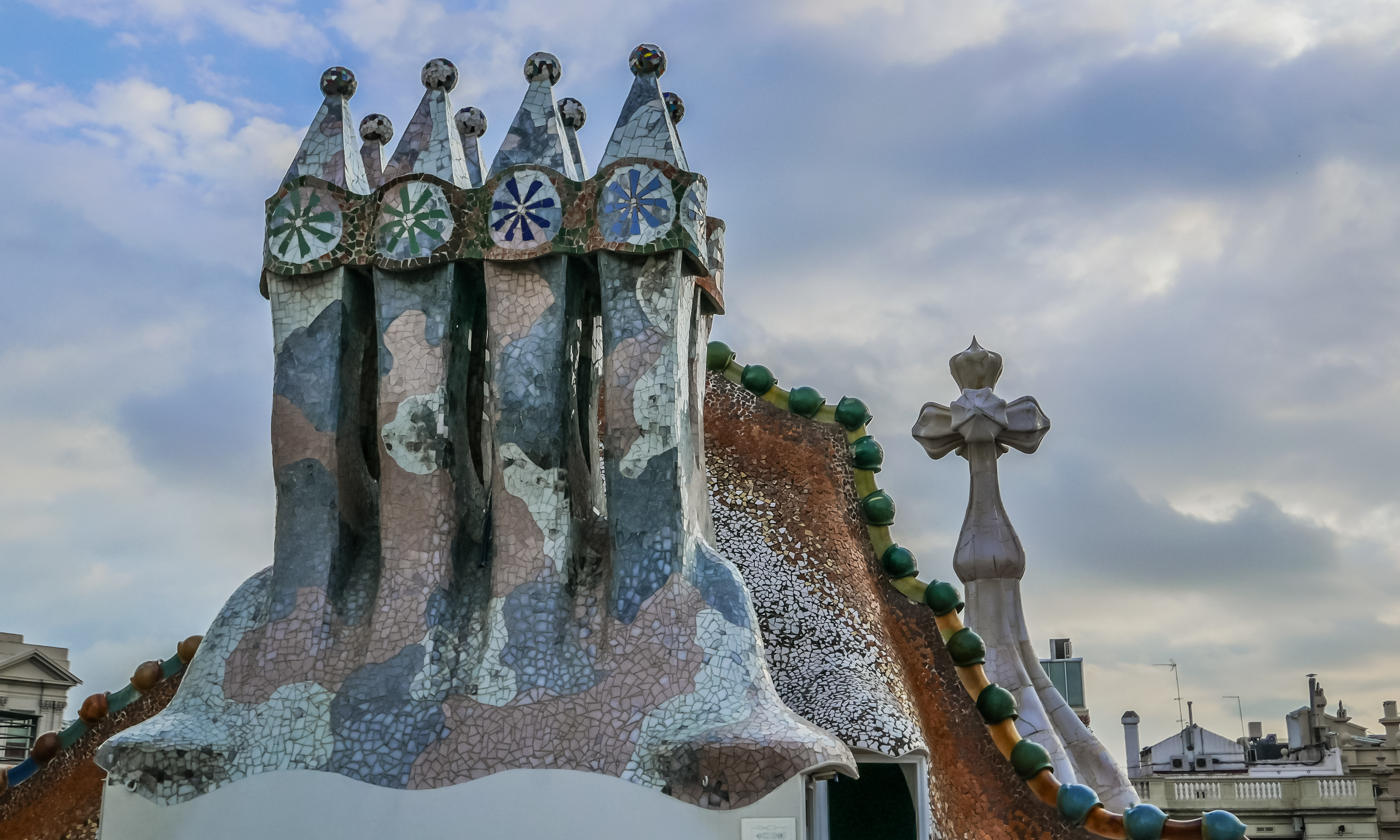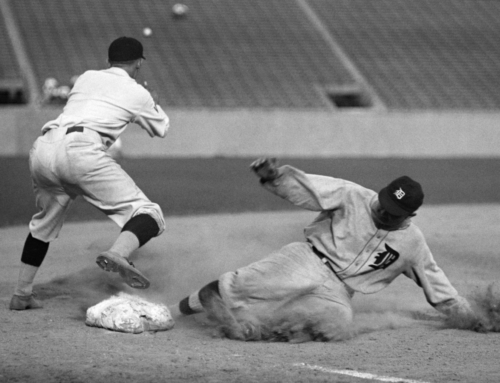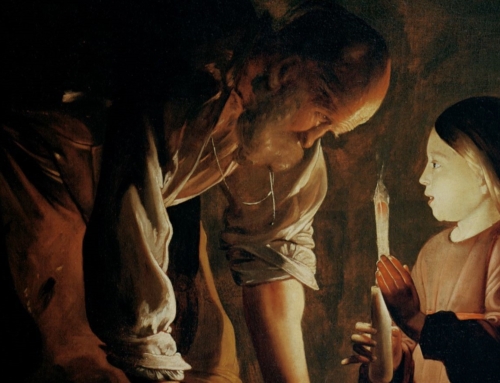The man walking to Confession looked ragged and poor; probably homeless. Perhaps that’s why people just ignored him when he was hit by a passing trolley and thrown to the side of the road. He was eventually taken to the hospital, but they didn’t have the resources to give the best possible care to homeless men. By the time the well-known architect was recognized, he was past the point of recovery. Antoni Gaudí, famous in name but not in face, died on June 10, 1926.
In a way, his lonely death was a fitting end to his life. Gaudí never married, and by the last five years of his life all of his close friends and family, even those much younger than he, had passed away. His response was to move closer to what company he had left: his art and his God. Gaudí devoted his last years to his final project, the church of the Sagrada Família in Barcelona, even going so far as to move into the churchyard a few months before his death. There he lived a simple life of prayer, fasting, and work on the church.
For Gaudí, work and faith were never far apart. He often took an interest in—and designed buildings for—various projects of social concern, such as the classrooms he had built on-site for the children of those working on Sagrada Família. He didn’t hesitate to express his faith explicitly, either. The cross depicted above is on the roof of a home on a prominent thoroughfare, for example, and the plans for another home included a massive statue of Our Lady of the Rosary above the street. (In the end, the statue wasn’t built, due to a wave of anticlerical violence in Barcelona.)
At the end of his life, Gaudí was able to totally unite art and prayer as he devoted himself entirely to the work of designing and beginning to build Sagrada Família. The church is a marvelous expression of the bold faith of a man in love with God. Although clearly inspired by the Gothic cathedrals that dot Europe, Sagrada Família is strikingly different in ways both modern and timeless, reflecting the life of the Church. The great bronze doors at the entry have the words of the Our Father engraved on them in some 50 languages, including of course Latin, New Testament Greek, and the local Catalan, but also Arabic and Quechua. Actual words of praise, such as “Sanctus, Sanctus, Sanctus,” wind about the towers, complementing the more traditional visual imagery which adorns the exterior of the church. Gaudí was a man who prayed with the Church of his times, and her words form a part of his structure.
He was also a man who loved nature, and one cannot but believe that he was at home with God in the midst of His creation. Giant columns carved like trees hold up the roof with their outstretched branches. A veritable zoo attends the birth of Christ, from the noble turtles holding up columns to chickens, snails, and chameleons scattered about the facade.
Even the construction plan itself is that of a man resting in the arms of Mother Church. Gaudí knew that the project would be the work of many generations, and he left only guidelines, rather than full designs, for parts of the structure, so that later generations could truly call the church their own. The work continues to this day, and the current plan is to have it complete in time for the 100th anniversary of Gaudí’s death.
God’s Architect lived alone as a hermit in the midst of the bustle of a construction project; in a building, but surrounded by nature; in a grand church, but also in the small chapels he frequented for confession and adoration. In God’s providence, all of this variety held together to form the life of one man. Gaudí’s holiness was recognized even in his lifetime, and he has been declared a Servant of God, on the path to canonization.
In the life of Antoni Gaudí we see something of the wild variety with which God constructs the lives of His saints—including, we hope, our own lives. Jesus told us that He is preparing many mansions for us in Heaven. These are often interpreted as the many holy vocations of the faithful, unique for each Christian. Hopefully God’s Architect is interceding for us even now, helping to build these mansions for us.
✠
Image: The Roof of Casa Batlló (CC BY-SA 4.0 by Sara Terrones)







